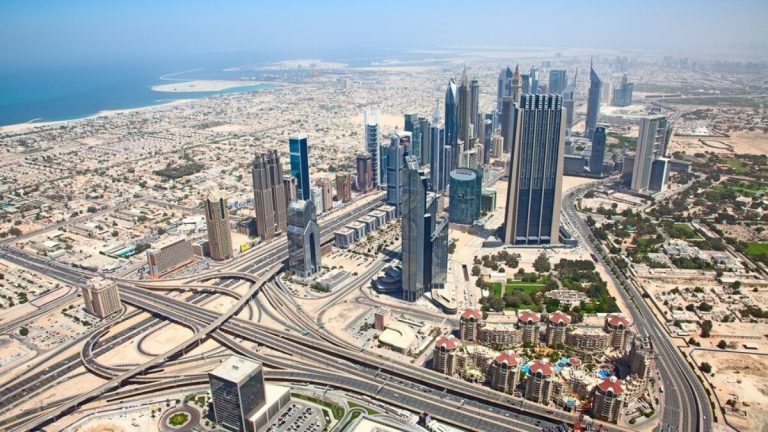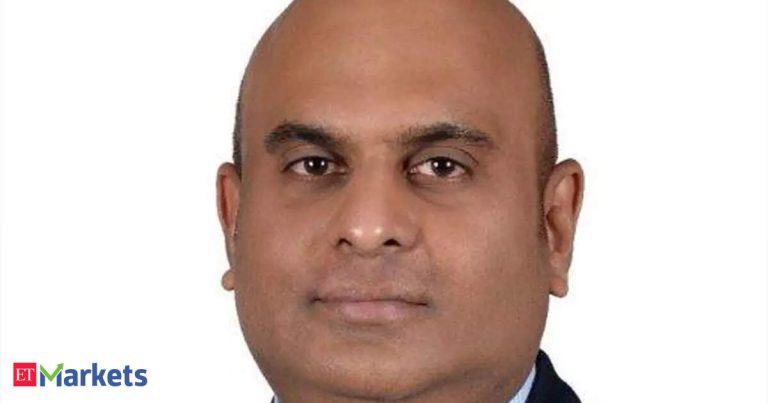Zerodha co-founder Nikhil Kamath predicts that in a decade, energy and electrons might become the new global currency—a shift powered by the explosive rise of data centers and AI.
Data centers, the vast warehouses of servers that keep the internet running round-the-clock, are rapidly becoming the backbone of modern economies. From streaming and payments to training AI models like ChatGPT, their functions are expanding—and so is their appetite for electricity.
Currently, 65% of a data center’s operating cost is electricity, primarily for computing and cooling.
A single new data center consumes more power annually than 400,000 electric vehicles. Globally, data centers use 1.5% of all energy—a share expected to surge to 10% by 2030. In the U.S., their electricity use stood at 4.4% in 2023 and is forecast to jump to 12% by 2028.
AI is a key factor. One ChatGPT query uses ten times the energy of a standard Google search.
Regionally, the U.S. leads with 3,680 data centers, far ahead of Germany (424), the UK (418), and China (346). However, server density also plays a crucial role in determining total power draw and performance.
Projected electricity usage by 2025 shows the U.S. at 310 terawatt-hours (TWh), China at 230 TWh, and Europe at 140 TWh. By 2030, those numbers will swell to 430 TWh (U.S.), 360 TWh (China), and 230 TWh (Europe).
India presents a paradox. Despite hosting just 264 data centers and accounting for only 3% of global data center power, it manages 20% of the world’s data. Its current data center capacity is 877 MW, compared to 15,930 MW in the U.S. and 3,800 MW in China. Data centers already consume 2% of India’s electricity, and with mobile data usage nearing China’s levels, demand is soaring.
Almost half of India’s data centers are located in Mumbai, with Chennai, Noida, Bengaluru, Pune, and Hyderabad making up most of the rest.
India’s generative AI market is projected to grow at a 28% CAGR through 2030, fueling a data center boom. Companies leading the charge include Netmagic (18 centers), STTelemedia (19), Nxtra (12 hyperscale, 120+ edge), CtrlS (11), Sify (12), and Yotta (3 total).
Policy support is robust. The India AI Mission, 100% FDI allowance, and new incentives are accelerating growth. Yet, balancing the surge in data and AI with environmental sustainability remains a challenge. Today, only 27% of data center energy is clean; the global target is 50% by 2030.
Economically, the stakes are massive. Generative AI could add $400 billion to India’s GDP by the end of the decade.








